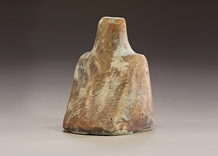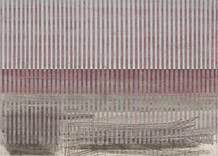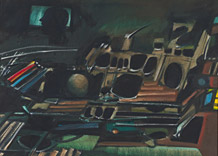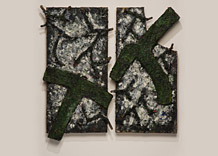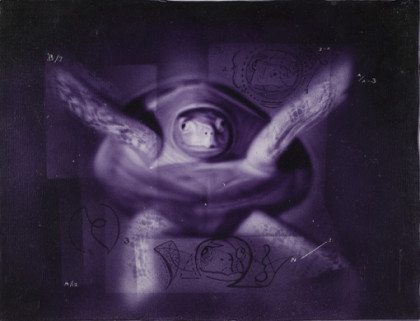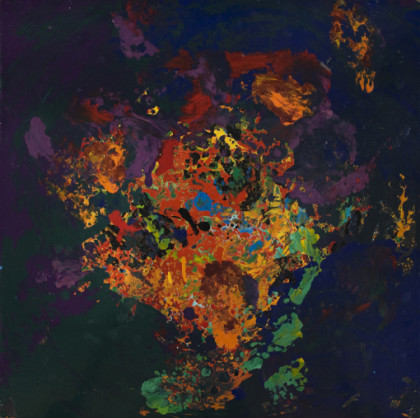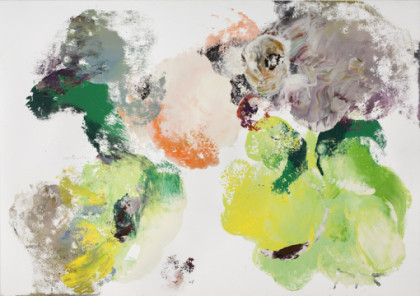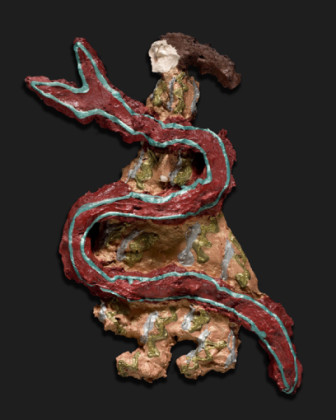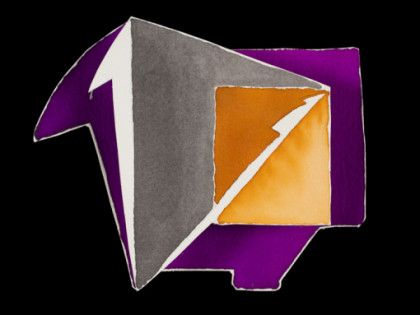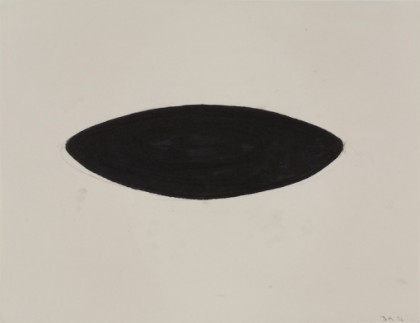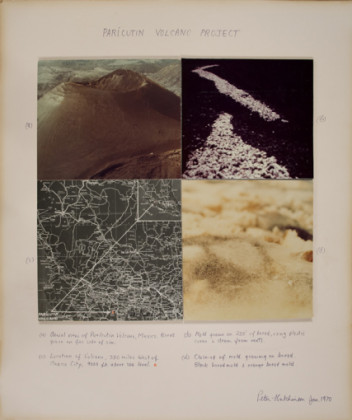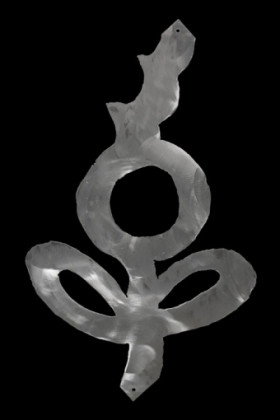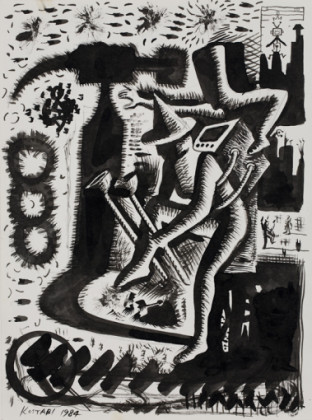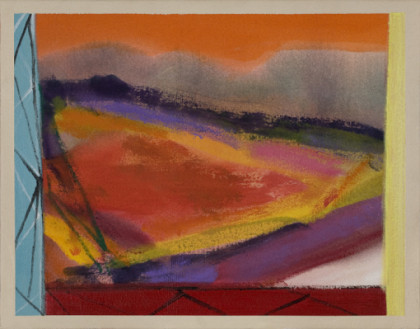5
Results 1—10 of 49
- To Have It About You: The Dorothy and Herbert Vogel Collection
To Have It About You: The Dorothy and Herbert Vogel Collection. Weisman Art Museum, Minneapolis, Minnesota, October 23, 2009 – January 10, 2010.
- Frederick R. Weisman Art Museum, University of Minnesota
Springville
Painting
For the works seen here, Clough created a crude machine he called “the big finger,” which is a wooden pole with a round pad on one end. As this apparatus moves across the canvas it creates gestural marks. It is important to the artist that the mechanical device distances the work from the artist’s actual hand. This method of creating the painting also distances the artist from the romantic ideas associated with the act of painting, held by painters through much of the twentieth century. Although Clough’s painterly abstractions appear to be an affirmation of the power of abstract painting to express truth and emotion, his techniques belie that idea.
Claudia with Snake
Relief Sculpture
Claudie DeMonte’s interest in icons, saints, and devotional objects is deeply influenced by her Italian-Catholic upbringing in Astoria, New York. She traces her interest in a naïve, craft-based style to the ethnically diverse location of her upbringing.
As a young woman without a saint’s name, Claudia was often singled out in school, leading her to devise her own Saint Claudia, complete with shrines, portraits, and ritualistic objects. The work here is an example of such a self/saint portrait. This piece calls up both the biblical story of Eve and the Appalachian tradition of snake handling as part of Pentacostal church ritual.
The Connection?
Relief Sculpture
Richard Francisco is best known for works that combine balsa wood constructions and watercolor, like the one shown here. Francisco thinks of this work not as sculpture but as painting or drawing. He once wrote: “I would rather build a drawing than draw a drawing.”
Black Blob Drawing
Drawing
Jene Highstein is best known as a sculptor in the refined, formalist tradition. Highstein is a prolific producer of drawings, often related to his sculptural ideas. This drawing speaks to an essential form—here referred to as a blob—that is central to his monumental sculptures.
Paricutin Volcano Project
In the 1960s and 1970s, Hutchinson produced land artworks in far-reaching global locales. Land art, also called earth art, environmental art, or earthworks, is an art movement that integrates physical or conceptual elements of the landscape into the artwork.
For this project, Hutchinson climbed the Paricutin volcano in Mexico. Upon reaching the summit, he spread 450 pounds of bread along its rim, hoping to grow a forest of mold—which he did—that would “juxtapose a microorganism and a macrocosmic landscape.” In addition to highlighting disparity in scale, this work also illumminated the proximity of very old landscapes—the mountain—and very new ones—the bubbling lava.
The work seen here should be understood as a document of the Paricutin project. Like his fellow land artists—particularly his British compatriots—Hutchinson’s work is comprised of real-time, real-life outdoor events that are then brought into the gallery in the form of documentation with photography and text.
Flower
Sculpture
This work by sculptor Martin Johnson was made specifically for the Vogels. In an inscription on the back of the piece, the artist explains that it can be hung in three orientations. If hung in one vertical manner it is an image of a flower. In the opposite direction, it becomes a face. Turned in its horizontal orientation, it spells the word “for,” making its gift status literally inherent to the work.
Preparation
Drawing
Mark Kostabi used drawings such as this one as exploratory sketches to refine what became a dominant motif in his work, the Everyman, a faceless figure accompanied by interchangeable props. In this drawing Everyman has a dunce cap and plungers as props. Kostabi’s Everyman encounters the richness and sorrows of life in a variety of foreboding yet ironic situations inspired by sources as varied as comic books and surrealist art.
Along the Cove
Painting
Ronnie Landfield asserts that spirituality and feeling are the subjects of his work. According to the artist, his paintings are intuitive expressions using color as language and the landscape as a metaphor for life.
